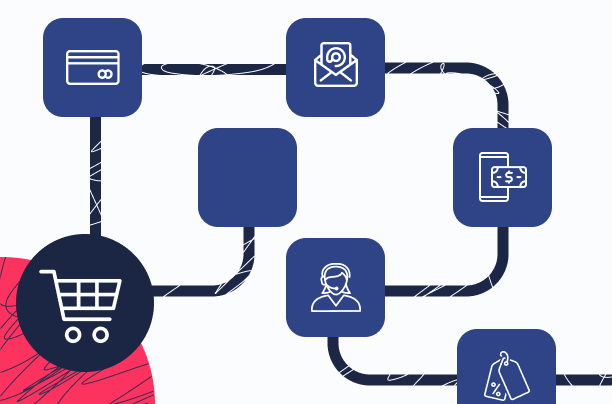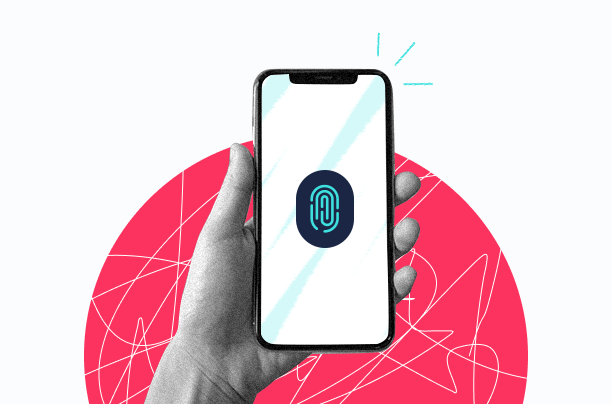Top 5 CIAM Goals for CISOs, CIOs & IT Directors
Customer Identity and Access Management (CIAM) appears to be in a growth spurt, bursting at the seams with ambition. Full CIAM implementations, as defined by analysts, are as complex as the tangled set of problems we aim to solve. There are countless CIAM tools, and yet analysts admit no single solution delivers it all.
So how can you create a unified, secure identity experience that will delight your customers and attract more business? It can be done. This article will discuss open source CIAM and tell you the top five CIAM goals and how to reach them in weeks, not years.
As you weigh your priorities, try to stay focused on the “C” in CIAM. Customers want it all: simplicity, speed, security and data privacy. When you meet their demands, IT costs will drop and your revenues will rise.

First, what does CIAM achieve?
In simplistic terms, CIAM enables companies to authenticate customers, manage digital identities and authorize access to resources. Analysts say core functionality should offer self-service registration, customer privacy management, secured APIs, personalized experiences and SDKs for mobile apps. Some experts also recommend adaptive access and risk detection. It’s a lot, but you don’t have to do it all at once.
Top 5 CIAM goals & how to reach them
Due to the complexity of CIAM, analysts say most companies will deploy solutions in a phased approach. So before choosing features and functionality, consider the top five goals of CIAM:
1. Optimize security
The most basic CIAM objective is to secure accounts, digital identities and customer access. As a first step, every company should set a goal to eliminate shared secrets from the customer authentication process. You just need to decide whether to do it now or in the near future.
When companies eliminate passwords, they can stop 80% of all attacks. That’s right, 4 out of 5 security breaches in 2020 were linked to passwords, according to the World Economic Forum. It’s why CISOs are kicking off their CIAM initiatives with passwordless biometric authentication.
Keep in mind, however, it’s crucial to completely remove passwords from the authentication process. Steer clear of solutions that place biometric authentication on top of passwords or use them in the fallback process. The majority of solutions just use passwords less. There’s no security gain.
If passwordless authentication is configured correctly, you’ll secure biometrics and remove all shared secrets, so there’s nothing for hackers to intercept, guess or steal. You’ll prevent phishing, brute force, credential stuffing, and other account takeover tactics.
2. Ensure data privacy and compliance
A variety of CIAM solutions collect customer data to create more personalized experiences. CIAM also supports social media logins. This may be what you want. But if privacy and compliance are top priorities, you’ll want to avoid these tools.
Compliance mandates likely dictate how your company handles personally identifiable information (PII), so consider a customer authentication service that protects customer privacy. And be sure it never tracks customers across sites.
An authentication service is often more appealing to companies that want to minimize their IT workload and avoid the liability of storing or using PII that hackers will target. Here again, you’ll need a solution that isolates biometric data on the user’s device, so it never leaves the customer’s possession.
3. Streamline Omni-channel experiences
Too often the customer experience (CX) is fragmented and frustrating. In some cases a customer will have many identities with the same business: one for a mobile app, one for the store and a third for support. To avoid this, deploy a CIAM service that can verify user identities and smooth the journey across all channels.
Find a solution designed to create unified user profiles that can travel with the consumer on any device or OS, and across all apps, platforms, browsers and channels. True omni-channel solutions are even able to authenticate and identify customers on out-of-band channels like call centers, kiosks and physical stores.
The goal is to enable your customers to sign in easily and then set them free to explore everything your business offers without disruptive hurdles that lead to dropoffs. Portable identities can carry the customer down any path, so you can deliver seamless omni-channel experiences every time.
4. Speed time to market (TTM) and lower costs
The need to minimize upfront costs and accelerate TTM may dictate your first steps. Most startups have a short runway to quickly ship and sell products: a mobile app, web platform or online store. Larger companies with quarterly goals and KPIs should also weigh the time and complexity of CIAM deployments. Most IT pros will set CIAM goals to win the most security, privacy and CX gains quickly.
All companies should consider ease of implementation and future integrations. Open-source APIs and greater simplicity make a biometric authentication service a top choice. Businesses in the EU, for example, may have a short sprint to comply with changes to General Data Protection Regulation (GDPR) standards. Transmit Security has helped companies in this exact predicament.
Identity providers (IdPs) must be able to connect with your current and future applications. To simplify and speed integration, look for CIAM tools that support OAuth, SAML and OpenID Connect (OIDC) open-source standards. OIDC 2.0 is designed to be API-friendly for native and mobile apps. This alone can make it easy to connect CIAM apps, simplify deployment and create unified experiences.
5. Improve reliability and scalability
As we face a new wave in the global pandemic, more customers are turning to online shopping, web platforms and apps. CIAM must be able to scale for rapid growth and peak periods in any given day or week. Authentication in particular must be able to handle a surge of new accounts and more frequent logins.
You also can’t risk downtime at the front door to your business. If you’re not ready, peak traffic can slow performance (or take you offline) and degrade the user experience. To avoid this, look for a reliable IdP that can meet the demands.
Cloud-based services are typically more elastic, able to expand and retract with the natural ebb and flow of business. Services should offer guarantees of at least 99.95% uptime, while supporting millions of customers.

Open Source CIAM and the CIAM Platform with True Passwordless Authentication
The Transmit Security CIAM platform provides FIDO2-certified passwordless customer authentication plus continuous risk assessments, authorization and unified user management. Our cloud-native identity services deliver the top 5 CIAM goals: 1) ironclad security, 2) data privacy compliance, 3) smooth omni-channel experiences, 4) ease of implementation for the fastest TTM, and 5) endless scalability. You’ll achieve all of this while reaching the overarching goal of eliminating shared secrets.
The passwordless authentication service service allows customers to login without a password, turning complex login processes into one-touch operations. The instant it sees a biometric match, it signs the challenge with the private key. Only the signed challenge (no PII) travels over the internet. You’ll identify customers based on multiple factors with a single touch or glance.
With multi-factor authentication (MFA) that’s easy to use, you’ll solve the security-versus-experience conflict. And instead of deploying multiple tools to validate users at multiple layers, you can authenticate customers across all channels. When you’ll simplify customer registrations and speed access, you’ll boost revenue. Let us help you meet your CIAM goals.



